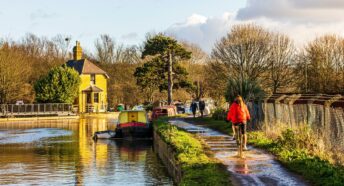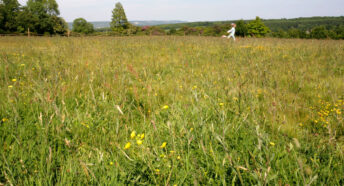A natural history of hedgerows
They’re one of the country’s most widespread, and precious, forms of habitat – but they must not be taken for granted. Biologist and writer Dr Amy-Jane Beer shares her love for the humble hedge.
The function of the first hedges was as barriers. But in the intervening millennia, their role has changed, and those that remain should now be viewed as connectors, corridors and interfaces with priceless ecological, historical, cultural and societal value.
I was about 12 the first time I flew unaccompanied. My sister was 10. Two little army brats, wearing big orange stickers that marked each of us out as an ‘unaccompanied minor’. I remember the stickers – and I remember the hedges. After hundreds of miles of the flat, green expanses of the North European Plain, there had been a short stretch of grey sea, white cliffs and then, suddenly, a place that looked nothing like Germany or the Netherlands, and everything like the version of home I knew best from Ladybird books. It was rumpled, multihued; all wiggly lines and texture, an intricate mix-and-match quilt stitched with green.
Ancient lines
The network of hedges that crosshatches rural England is Bronze Age, maybe even Neolithic, in origin. As the first farmers here began clearing small areas for cultivation, they left strips of trees as boundaries. When cut or browsed by livestock these trees adopted dense and vigorous new growth forms, which became not only stock-proof, but also windproof – greatly enhancing the growth of crops within. These original hedges cost nothing to create, required no importing of materials and, in time, yielded valuable materials and produce of their own: whips and poles; fruits, berries, nuts and flavourings.
Hedges are living products of human synergy with nature. Wildlife thrived in them. Some retained the floral signature of the original woodland, sheltering specialist woodland species such as bluebells and speedwells, while the extra sunlight encouraged aprons of edge-lovers to colonise the sward either side. Some trees were allowed to grow tall and served as immovable boundary markers.
Those that survive today include many of our oldest, grandest trees – veteran giants whose huge girth and spreading form reflects an open-grown infancy in which they were spared the race to the light experienced by woodland trees. The network still exists – some of them still following the ancient lines of feudal and parish boundaries. As I write in early summer, my favourite local lanes are foaming with hawthorn blossom, petticoated with cow parsley and campion, alkanet and stitchwort, bluebell and bugle, and jinking with yellowhammers.
But I’m painfully aware that elsewhere the net is broken. Many of those criss-crossing arable land now have their skirts stripped, their roots severed by ploughing to squeeze in one more row of wheat or beans or oilseed rape. They are not trimmed, but flailed, ripped and brutalised. Many have lost all their horizontal structure, having not been properly laid for decades. And that leads to gaps. Small ones that could be stopped with a couple of plants, and gaping ones you could drive a combine harvester through. Many are gone altogether.
Ripped out
Hedges began to be removed during the Napoleonic Wars, but this loss accelerated after World War II. Decades of agricultural intensification saw ever-larger farming machines requiring more room to manoeuvre, while demand for cheaper food placed pressure on profit margins. Tens of thousands of miles of hedge were ripped out.
Now, when I take the train from York to King’s Cross, the sheer scale of the prairie-style cultivation blanketing much of the land between leaves me numb. With the hedgerows we have lost the flowers, the cover and larval foodplants for pollinators and other insects, the weed seeds and nesting spots for farmland birds, and the highways and hidey-holes for small and medium-sized mammals.
Hedgelink, the partnership uniting the many bodies and agencies who are interested in hedgerows, states that while the length of Britain’s hedgerows has remained stable over the past decade, most are ‘in poor condition, reducing their ability to deliver environmental services and putting their dependent wildlife at risk’.
That can change. In his 2010 report, Making Space for Nature, ecologist John Lawton emphasised the pressing need for wildlife habitats in the UK to be bigger, more and better connected. In an ideal England, there would be a national network of habitats – joined by wildlife highways that allow species to spread and disperse. What irony that such a thing already exists, if in a somewhat beleaguered form.
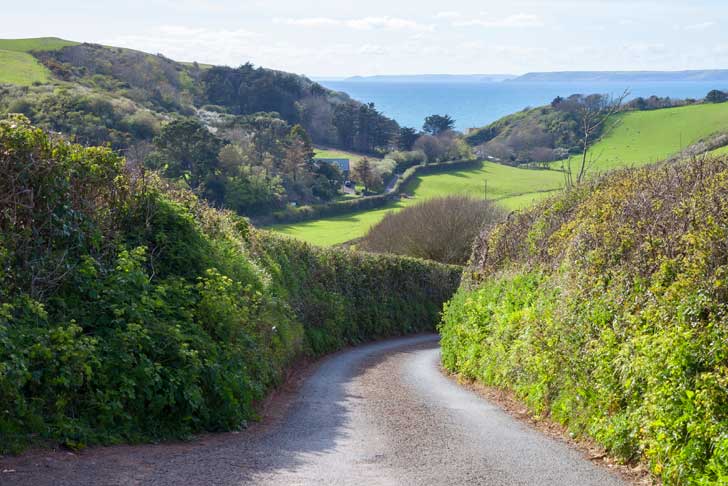
Alongside the vital ecological, cultural and historic role of hedges in the English landscape, let’s not forget their other value. The joy of an English hedgerow is potent. As a society, we are in a period of a mental health crisis, with too many lives hemmed in by stress, anxiety and depression.
In all this, a view of green is not a cure, but it can help boost recovery and resilience. A hedge, be it along a roadside or around a garden, a school field or an office complex, is not only a boundary; not only a precious piece of natural real estate; not only a potentially ancient monument. A hedge is a living green embrace.
This article, or a version of it, was originally published in CPRE’s award-winning magazine, Countryside Voices. You’ll have Countryside Voices sent to your door three times a year, as well as access to other benefits including discounts on attraction visits and countryside kit from major high street stores, when you join as a CPRE member. Join us now.
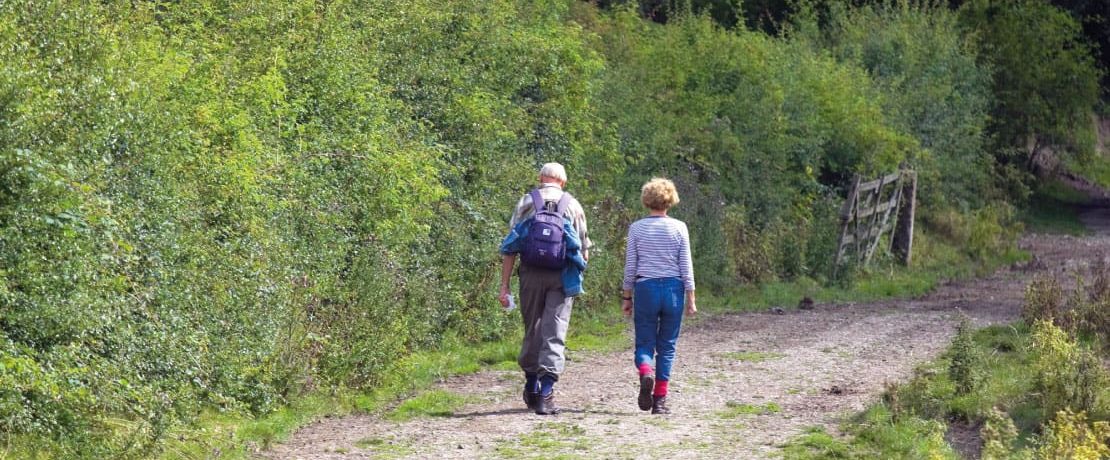




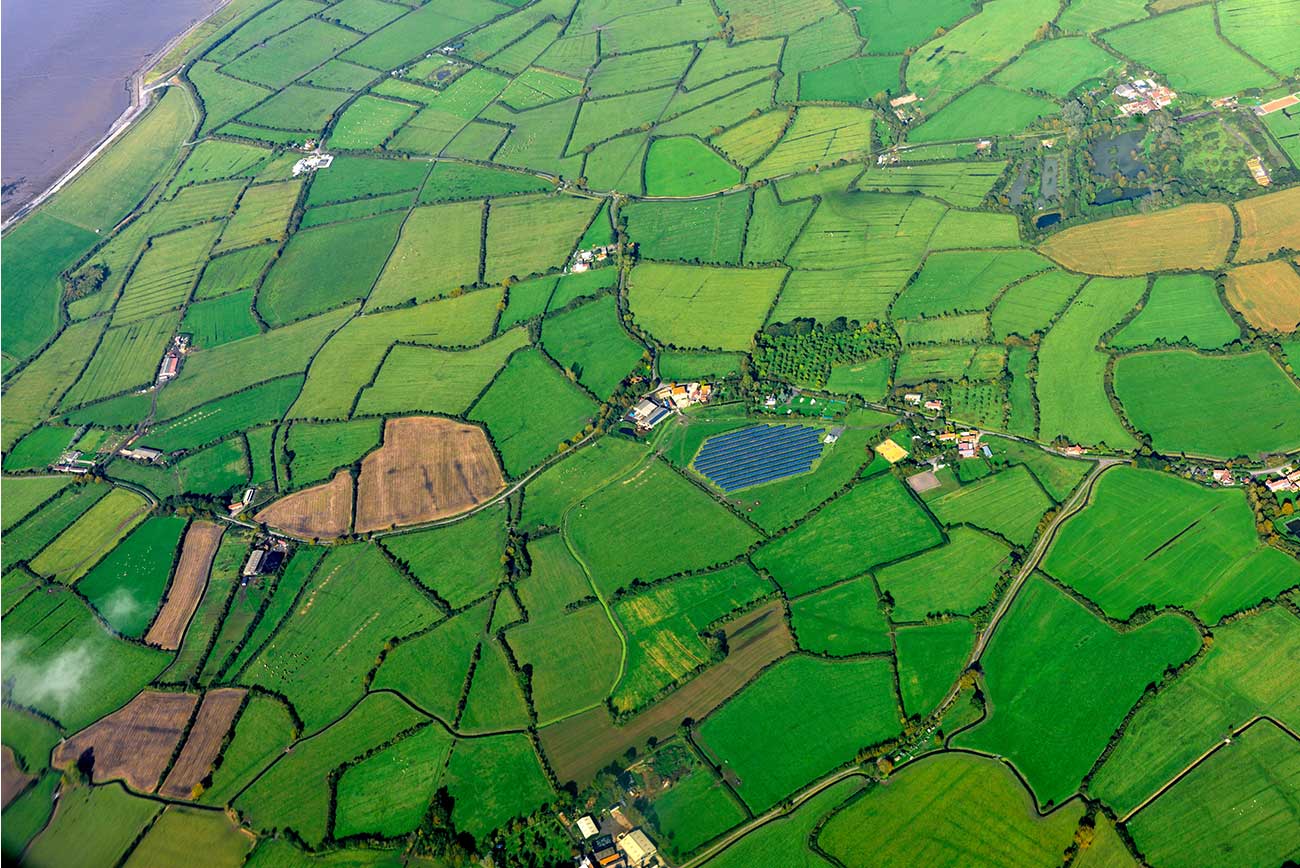
 10 min read
10 min read 